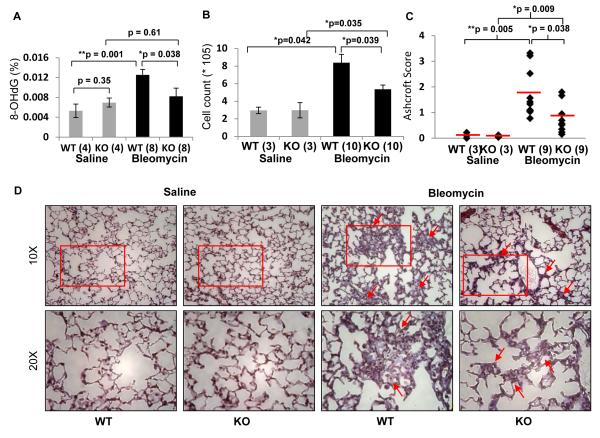Figure 5. Klf9 deficiency suppresses bleomycin-induced oxidative stress and fibrosis in lungs.
(A) Indicated number of wild-type and Klf9 knock-out mice were euthanized 10 days after treatment with a single intratracheal dose of saline or bleomcyin (2.5 mg/Kg). Lungs were dissected, DNA was isolated, and levels of 8-hydroxy-2′-deoxyguanosine (8-OHdG) were assessed as described in Experimental Procedures. Data are represented as percent of 8-OHdG of total DNA analyzed (200ng). (B) Bronchoalveolar lavage fluid (BALF) was collected from indicated number of animals 19 days after treatment, processed and analyzed for total cell counts using a hemocytometer. (C-D) Mice treated, as in (A), were euthanized 19 days post treatment. Lungs were inflated and fixed with 4% paraformaldehyde, processed, and embedded in paraffin wax. Fibrosis scores based on histopathological assessment of Masson’s trichrome-stained sections (C) and representative histology of Masson’s trichrome-stained slides (D) of each genotype and condition are shown. The data are presented as the mean values ± S.E.M. Comparisons were made using the Student’s t-test or a nonparametric Mann-Whitney U test. (*p<0.05), (**p<0.001).

